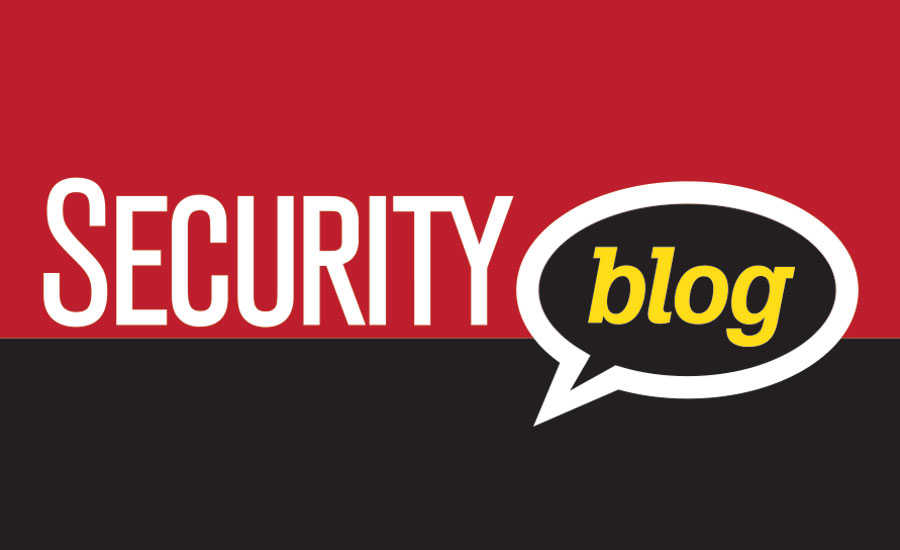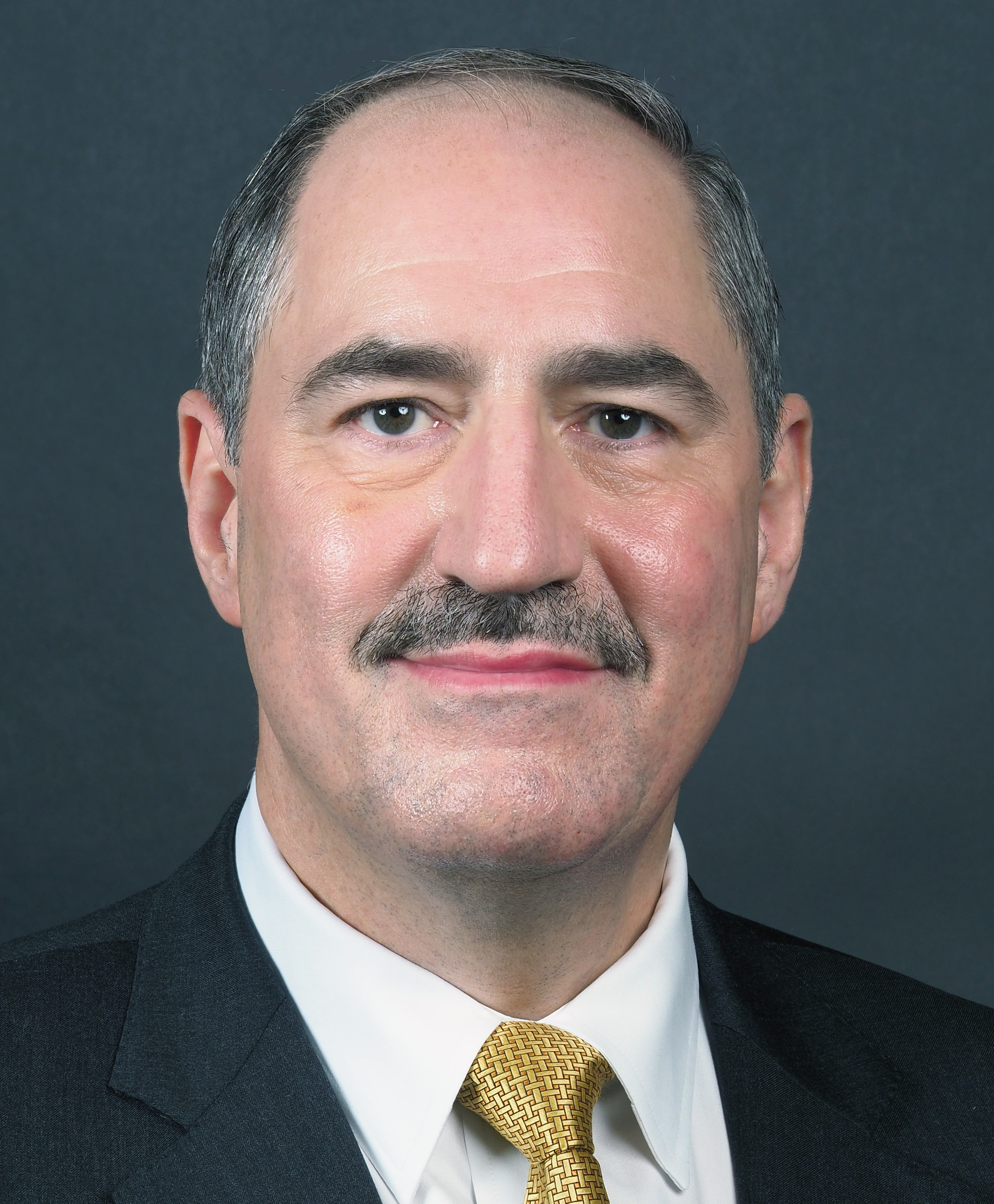What the Government Can (and Cannot) Do About Mass Shootings

Mass shootings, like the one that occurred at the Walmart Supercenter on the east side of El Paso, Texas on August 3, 2019, are sadly becoming more common.
What influences a person to carry out a mass shooting while most other people would never take such extreme action? Whenever a mass shooting occurs, many people look to the U.S. government for a solution. During times of high stress that mass shooting events induce, it is natural and normal for people to be repulsed when innocent people are killed and injured. And, it is normal for everyday people to seek solutions that will keep similar horrific events from repeating.
While this is a natural and normal response to the stress of a horrific event, there is no magic wand the government can wave to solve this problem. Yet, there are steps the government can and should take to impact this problem. What can the government do and not do? Let’s first discuss what the government cannot do.
The government cannot do for organizations that which they will not do for themselves. Most organizational leaders either do not really care about the safety of their employees and customers or they just do not know. When an organization has an inadequate security program, they are taking a “security by chance” versus a “security by design” approach to protecting their employees and customers. Anything less than a durable “security by design” approach is dangerous and unacceptable.
Only in rare cases can the government prevent the type of massacre that occurred at Walmart through a random vehicle stop or by intelligence. Rather, organizations must understand that risk is an inseparable part of business and that there is a direct link between proper risk mitigation and adequate security. Organizations have to be accountable and responsible enough to make the proper investment in their entire security and risk management system at the enterprise level by taking an “all hazards” strategic approach to their enterprise safety and security. One of the outcomes of such an approach would be to institute reasonable and prudent security measures at the store level that will adequately and satisfactorily protect employees and customers.
Whenever an organization has an inadequate security program, and therefore takes a “security by chance” approach to protecting their employees and customers, what they are really doing is trying to off-load the internal risks that they should be properly mitigating on to the backs of public safety.
In my opinion, gun control, universal background checks, and bans on assault weapons are not a way to solve gun violence, due to many factors.
However, there are actions that the U.S. government can take to help prevent mass shootings.
Public/Private Partnerships: Public safety and private security need to form meaningful and robust Public/Private Partnerships (P3s) at the local level. P3s have proven their value and are a force-multiplier for public safety. Whether it is intelligence sharing to improve critical infrastructure protection or a joint public safety and private security response to critical incidents, P3s dramatically increase the level of public safety and at very little cost to the taxpayer. There are many groups promoting P3, to include the ASIS Law Enforcement Liaison Council, the FBI’s InfraGard program, the OSAC program and others. Strong and vibrant P3s should exist in every community that has a private security presence.
Enact Meaningful Legislation: The Sarbanes-Oxley (SOX) Act of 2002 is a U.S. federal law that set new or expanded requirements for all U.S. public company boards, management and public accounting firms. A number of provisions of the act also apply to privately held companies, such as the willful destruction of evidence to impede a federal investigation. SOX also has criminal penalties available such as Section 906, where criminal penalties exist for CEO/CFO financial statement certification and Section 1107, where criminal penalties exist for retaliation against whistleblowers. What SOX means is executives of companies can personally be sent to prison for misdeeds related to financial fraud and other related crimes. However, if the employees or customers of a company are killed or injured as a result of inadequate security due to a leader’s failure to take meaningful action to protect their employees and customers, there is no similar criminal exposure. The government has determined that financial statement fraud is more serious than the loss of human life. While the OSHA General Duty Clause (29 U.S.C. § 654, 51) provides penalties for companies who are negligent in adequately protecting their employees if they fail to furnish employees a place of employment that is free from recognized hazards that are causing or are likely to cause death or serious physical harm to employees, it does not provide for criminal penalties for anyone. Therefore, one of the most meaningful steps elected leaders can take now is to enact a law that makes company executives criminally liable if their employees or customers are hurt or killed due to them having inadequate security.
“Red Flag” Laws: A red flag law is a statute that authorizes courts to issue a special type of protection order, allowing the police to temporarily confiscate firearms from people who are deemed by a judge to be a danger to themselves or to others. The genesis of this order will usually come from one or more relatives or friends who may be concerned another person who owns one or more guns and has expressed suicidal thoughts or discussed shooting people. The government may also request such an order. Red flag laws are a good idea provided the individual that is the target of the order is afforded due process and that the order does not infringe on the individual’s Second Amendment or other constitutional rights. A red flag law works best when laws are enacted at the state level.
Mental Health and Mental Illness: There is no question that mental health is a crisis – not only in the United States, but globally. According to the Key Findings for 2019 in a report titled, "The State of Mental Health in America" published by the Mental Health America [https://www.mentalhealthamerica.net/issues/state-mental-health-america]:
- Over 44 million American adults have a mental health condition. Since the release of the first State of Mental Health in America report (2015), there has only been a slight decrease in the number of adults who have a mental health condition (from 18.19% to 18.07%)
- Rate of youth experiencing a mental health condition continues to rise. The rate of youth with Major Depressive Episode (MDE) increased from 11.93% to 12.63%. There was only a 1.5% decrease in the rate of youth with MDE who did receive treatment. Data showed that 62% of youth with MDE received no treatment.
- More Americans are insured and accessing care. We can continue to see the effects of healthcare reform on the rate of adults who are uninsured. This year there was a 2.5% reduction in the number of adults with a mental health condition who were uninsured.
- Many Americans experiencing a mental health condition still report having a need. One in five, or nine million adults, reported having a need.
- Mental health workforce shortage remains. Many states saw some improvement in their individual to mental health provider ratio. But in states with the lowest workforce there was almost four times the number of individuals to only one mental health provider.
To me, any individual or individuals who carry out a mass shooting of innocent people meets the definition of being mentally ill. No “normal” person would ever engage in that type of act. It is clear that adequate funding to help the mentally ill, as well as simultaneously increasing the number of professionals in the mental health workforce, is needed so there is not a shortage of help for those who suffer from mental illness.
Social Media and Predictive Analytics: There is merit to the government using predictive analytics to try and pinpoint individuals who are likely to carry out an act of violence, provided the constitutional rights on the part of the individual or individuals that are being investigated are not violated. The artificial intelligence component of predictive analytics supercharges this process. Predictive analytics has shown a lot of promise in being able to help avert terrorist attacks. We need predictive analytics that will find and identify evil. One of the main challenges of allowing the government to use predictive analytics is the fact that people no longer trust the government. This is due to the recent reports where government intelligence and law enforcement agencies have weaponized intelligence and then used it to unlawfully target Americans. Unless and until the American public can trust the government with tools like predictive analytics, then that tool and other potentially-helpful tools will not have the public support needed until the public can have confidence that the government will not violate anyone’s constitutional rights.
While there are meaningful actions the government can take to help impact mass shootings, it was the Walmart corporation’s numerous security failures, not the lack of prior government action, that was the direct and proximate cause of the mass shooting in El Paso. The safety and security of an organization’s employees, customers and guests is first and foremost the job of the organization’s leaders, and not public safety. Organizations need to start taking their security seriously and the government needs to take meaningful action that it can within the Constitution of the United States of America, to help reduce mass shootings.

